Like all great travellers, I have seen more than I remember, and remember more than I have seen. – Benjamin Disraeli
Memory decides our journeys long before we do. It is the narrative drive of our travels and forms the organisation of our experience.
Bill Colegrave has collected and been inspired by travel books for more than four decades. He was the owner and publisher of the Cadogan Guides travel series. I was fortunate to meet Bill at the bar in Charlotte Street Hotel in London a year ago with other fellow authors.
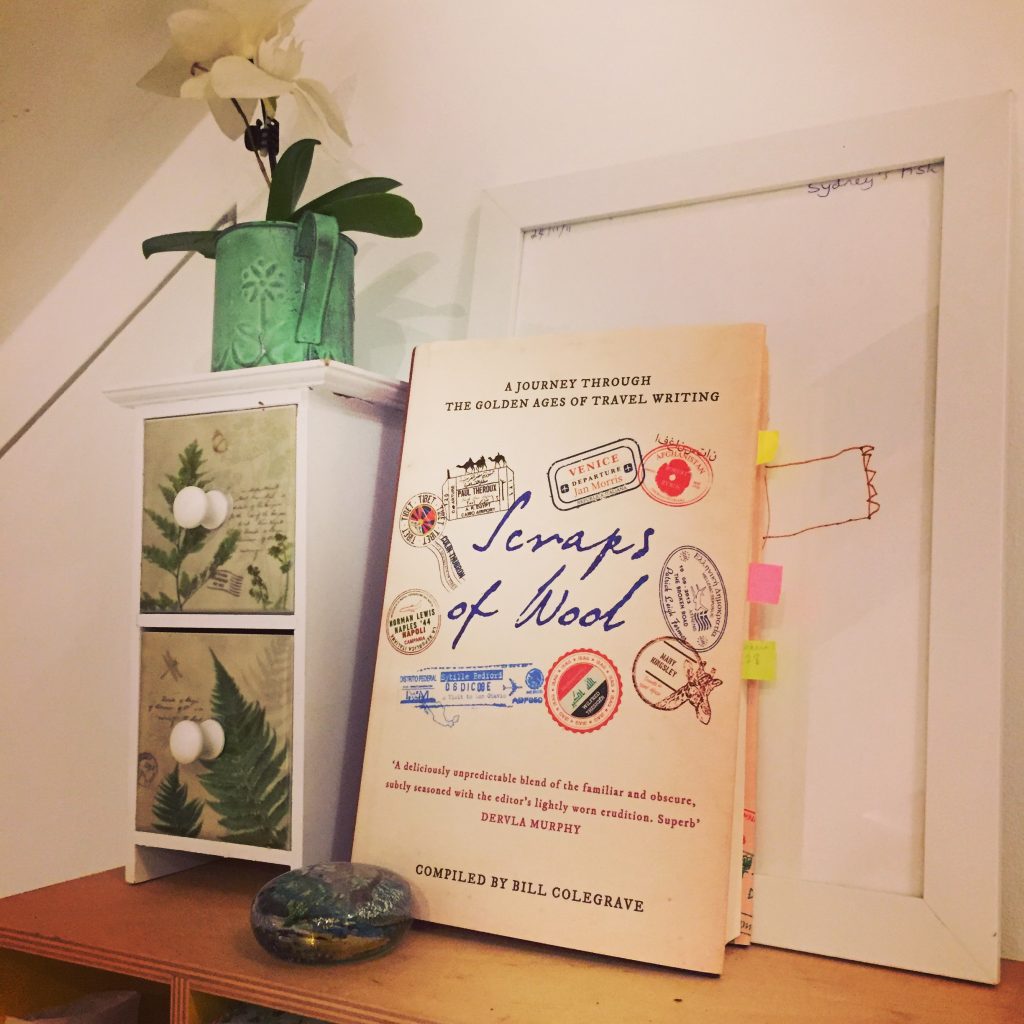
All reading and writing helps us travel to somewhere else. The escape alone is part of what drives my memory, experience and curiosity. Scraps of Wool is about choices, about discovery, about life on the road, about dreams. Bill was 8 when he first crossed the Channel. A few years later, his father took him and his twin sister on a boat called Braemar Castle from London’s Tilbury Docks to Gibraltar, Genoa. He wrote:
I had fallen in love with abroad. I still am.
The 5 top places which inspired Scraps of Wool are:
1. The Oxus River, Afghanistan
fascinated Bill when he was a teenager inspired by the epic poem Sohrab and Rustum by Mathew Arnold written in 1853:
AND the first grey of morning fill’d the east,And the fog rose out of the Oxus stream.But all the Tartar camp along the streamWas hush’d, and still the men were plunged in sleep;Sohrab alone, he slept not; all night longHe had lain wakeful, tossing on his bed;But when the grey dawn stole into his tent,He rose, and clad himself, and girt his sword,And took his horseman’s cloak, and left his tent,And went abroad into the cold wet fog,Through the dim camp to Peran-Wisa’s tent.
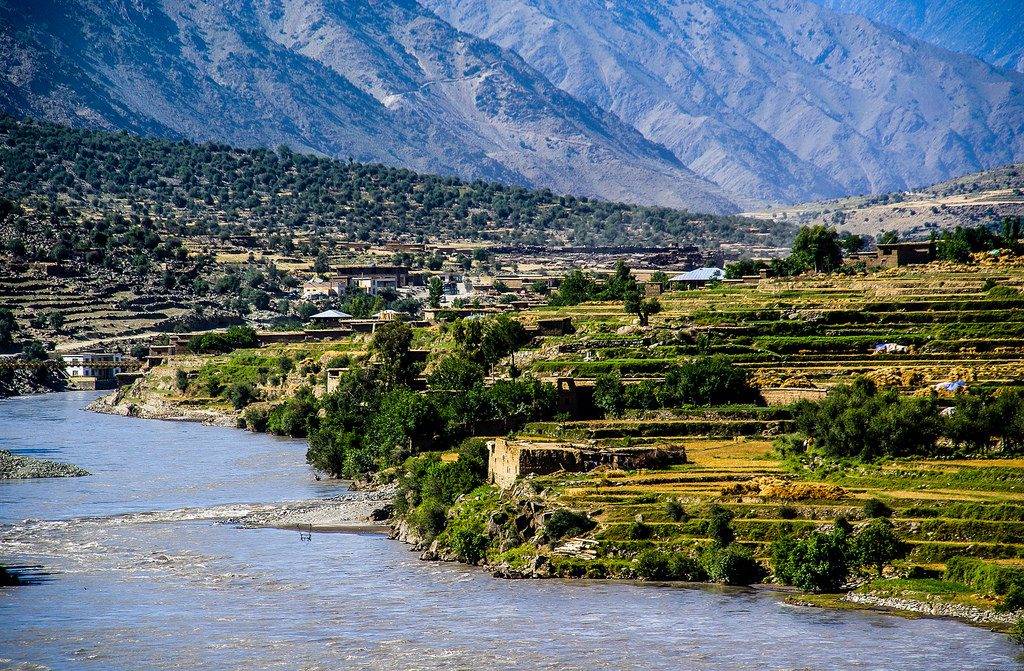
Bill’s interest in Central Asia began when he read a copy of Wilfred Thesiger’s The Marsh Arabs, mentioned in his previous book Halfway House to Heaven (2011) which tells of his journey up the Wakhan Corridor in Afghanistan to find the source of the Oxus River in the High Pamirs. Bill first went to Afghanistan in 1990. He explored the Oxus and Pamirs in 2007 when he was 59. But aged 17, he was lying one evening in a bunk in a yacht club in Cowes, Isle of Wight, with “wind-blown rain on the porthole windows” when he read Chapter 16 of The Marsh Arabs.
I had left in the last week of July 1952 and it was not an early afternoon in February. Seven months later; it seemed longer. In that time I had crossed high passes through the snows of the Hindu Kush to the cold blue lake of Korombar where the Chitral river rises; I had looked out over Wakand from the Borogil Pass and seen in the distance a glint that was the Oxus; I had slept on the glaciers at the foot of Tirich Mir, and in dark, verminous houses among mulberry orchards, where the last of the Black Kafirs lived on the borders of Nuristan.
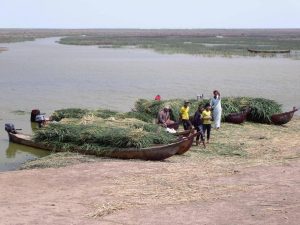
The Marsh Arabs AKA the Maʻdān or shroog (derogatory terms) – are inhabitants of the Tigris-Euphrates marshlands in the south and east of Iraq and along the Iranian border. During the years he spent among the Marsh Arabs of southern Iraq, Wilfred Thesiger came to understand, admire and share a way of life that had endured for many centuries. Bill at the time did not know of these places but he at once was bitten by the travel bug. His dream was to find these places.
2. Phnom Penh, Cambodia
Jon Swain’s River of Time (1996) took Bill to Cambodia. Here it is all about love, love, love. The unforgettable experience, memory, the eternal quest, the eternal question of falling in love with Indo-China.
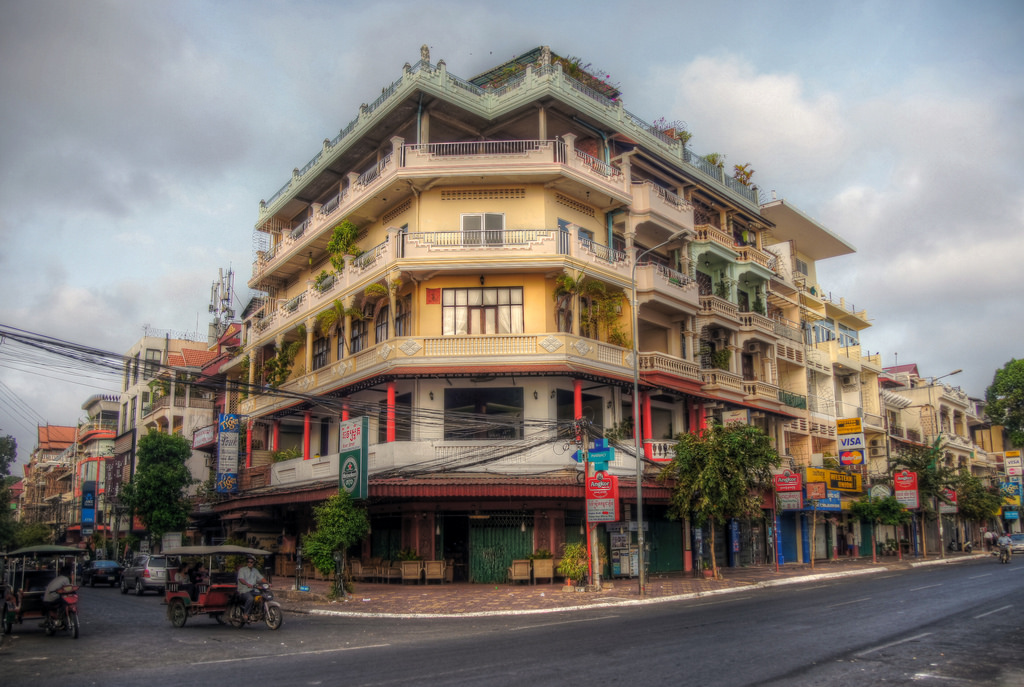
I felt I had entered a beautiful garden… I forgot about Paris and began a love affair with Indo-China, to which I have been faithful ever since… I stepped into an enchanting world of tropical scents, the evening silence broken only by a bevy of girls in the cyclos who crowded round offering to pass the night with us. ‘Indo-China is like a beautiful woman; she overwhelms you and you never quite understand why,’ his companion said with unashamed tenderness. ‘Sometimes a man can lose his heart to a place, one that lured him back again and again.’
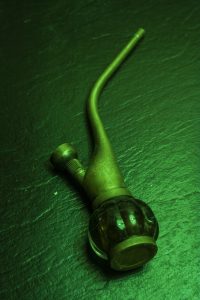 It was also a place of memories… of opium:
It was also a place of memories… of opium:
In those hard-bitten days, a number of us smoked opium. It seemed natural to do so after a day at the front. Opium had been legal in Indo-China just a few years before, and while it was now officialy prohibited, was still widely smoked among the French colonels. The most famous fumerie in Phnom Penh was Madame Chum’s. Madame Chum, a one-time mistress of a former president oft he national assembly, was Cambodia’s Opium Queen. She ran the fumerie for more than thirty years until her death in September 1970, aged 67, and earned a small fortune from the pipe-dreams of others.
3. The Karakorums
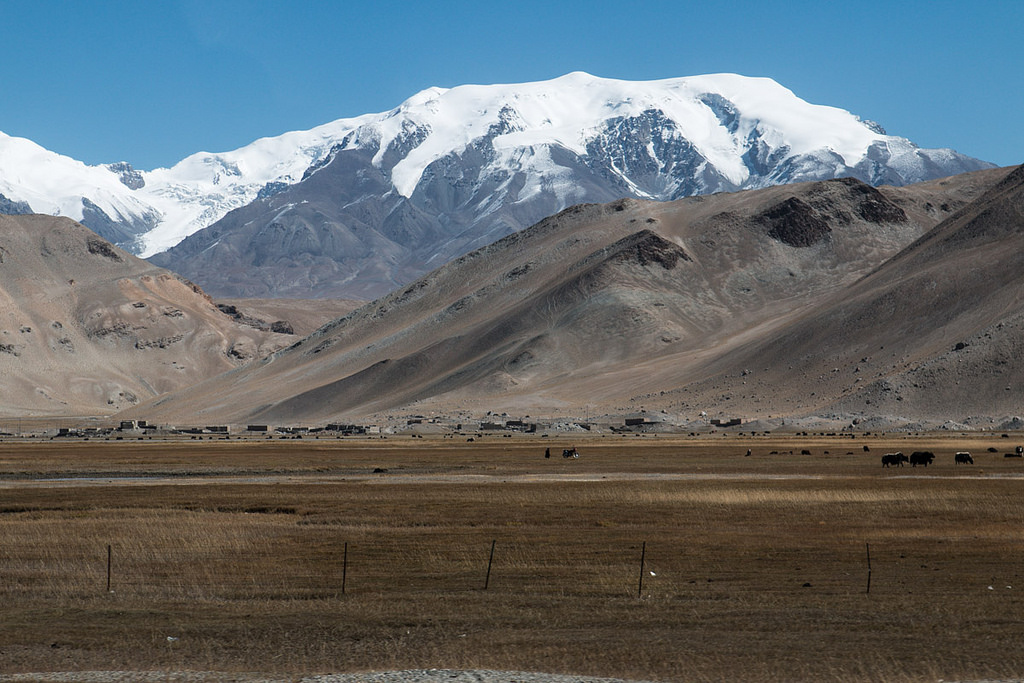
The Heart of a Continent (1896) by Francis Younghusband crossing the Mustagh took Bill to the Karakorums. The Karakoram, or Karakorum is a large mountain range spanning the borders of Pakistan, India, and China, with the northwest extremity of the range extending to Afghanistan and Tajikistan. It is located in the regions of Gilgit–Baltistan(Pakistan), Ladakh (India), and southern Xinjiang (China), and reaches the Wakhan Corridor (Afghanistan).
This chapter is a gripping adventure story:
We reached the bottom of the cliff without accident, and then found ourselves at the head of a long ice-slope extending down to the glacier below. Protruding through the ice were three pieces of rock, which would serve us as successive halting-places, and we determined upon taking a line which led by them. We had brought with us every scrap of rope that could be spared from the ponies’ gear, and we tied these and all the men’s turbans and waist-clothes together into one long rope, by which we let a man down the ice-slope on to the first projecting rock. As he went down the steps, and when he had reached the rock we tied the upper end of the rope firmly onto rock above, and then one by one we can down the slope, hanging on to the rope and making use of the steps which had been cut.
4. The Maghreb
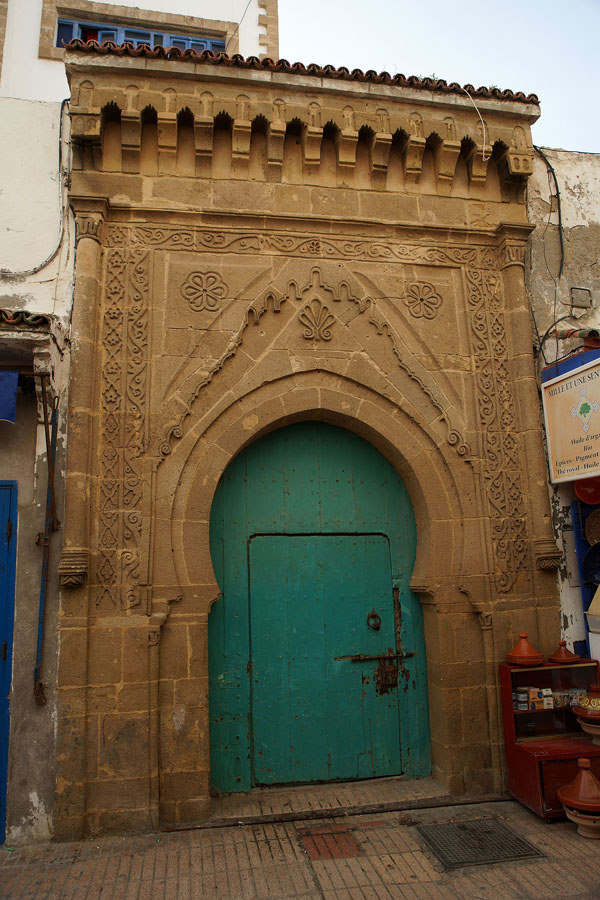
I have fond memories of this word “Maghreb”. Before I knew anything of the world, as a child of 5, I had already heard of “Maghreb” because I had grown up in a Muslim country, Malaysia. In Arabic it means ‘the West’. Usually at tea time or my dinner time as a child in Segamat, Johor, I remember my favourite Merry Melodies or Hekyll and Jekyll cartoons on TV being interrupted by the Waktu Maghreb or Time of the West muezzin’s call to prayer. Incidentally, Segamat is also the setting for Cry of the Flying Rhino. The Maghrib prayer (Arabic: صلاة المغرب ṣalāt al-maġrib, “West prayer“) is the prayer time which is prayed just after sunset. It is the fourth of five obligatory daily prayers (salat) performed by practicing Muslims. I was very interested in this cross-dressing aristocratic heiress Isabelle Eberhardt in Chapter 17 which took Bill to the Maghreb. The Maghreb is a region of northern Africa that consists primarily of the countries Algeria, Morocco, Tunisia, Libya and Mauritania. It is considered the Western region of the Arabic world.
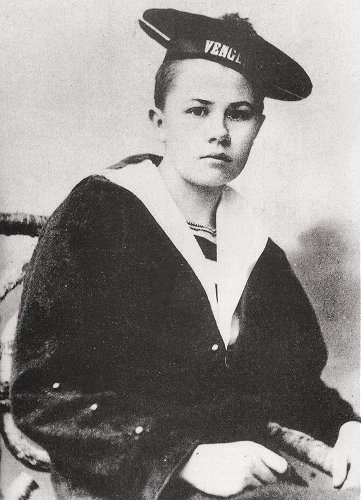
Isabelle Eberhardt, penniless author of The Oblivion Seekers (1906), was only 27 when she drowned in a flash flood at Ain Sefra Algeria in 1904. She was 22 years old when she left an unhappy “sedentary” life in Switzerland, became a Sufi Muslim, and dressed as the male Arab she saw herself as. She explored the kif smoking dens of Kenadsa, then part of Morocco, subsequently absorbed into Algeria. She was supposedly a writer, a spy, an agitator and a sexual libertine.
Born in Geneva to an aristocratic mother and the family tutor—an ex-priest turned anarchist named Alexandre Trofimovsky—Isabelle Eberhardt was fluent in six languages, including Arabic, as a 16-year old. By the age of 20 she had converted to Islam. In the late 1890s both her parents died suddenly. Despite her family’s wealth, Eberhardt was an illegitimate baby and therefore not eligible for an inheritance. She had to earn passage to Algeria using her wits. Disguising herself as a boy—something she’d been doing from an early age with the encouragement of her father—she worked as a Marseille dockhand until she could afford the ferry crossing. 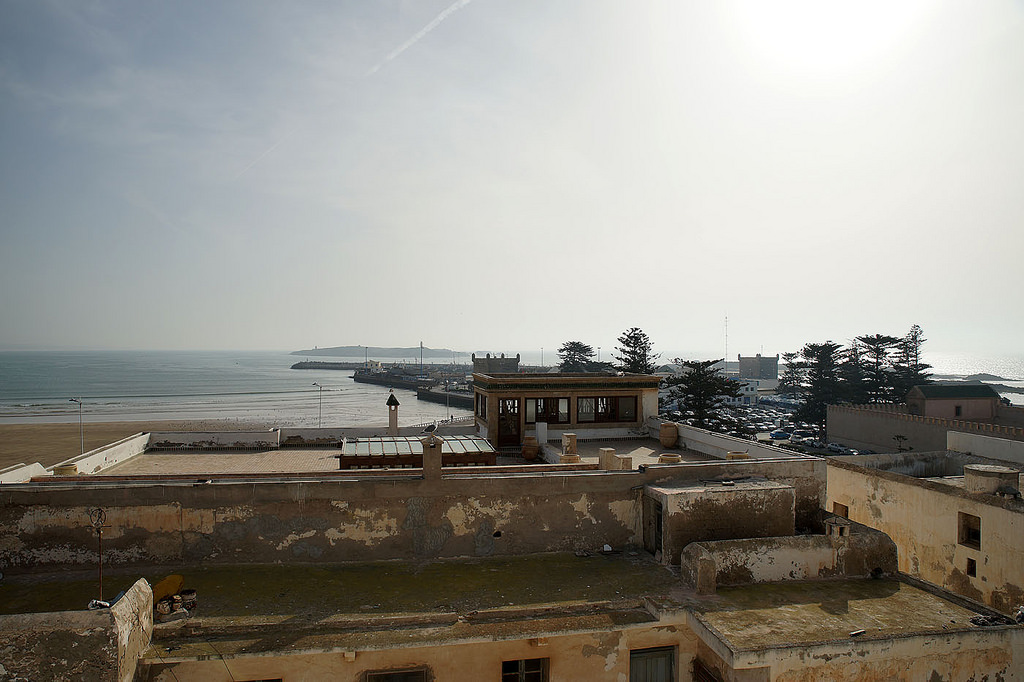
The kif dens are places of shelters “for Moroccan vagabonds, for nomads, and for every sort of person of dubious intent and questionable appearance.” As I understand, kif is cannabis, smoked til it produced a drowsy effect:
The seekers of oblivion sing and clap their hand lazily; their dream-voices ring out late into the night, in the dim light of the mica-paned lantern. Then little by little the voices fall, grow muffled, the words are slower. Finally the smokers are quiet, and merely stare at the flowers in ecstasy.
5. The Hunza
Some facts: People are often surprised when they learn that the citizens of Hunza (also known as Burusho people) usually live up to the age 120. They can easily conceive even after 60 years and it is very rare for them to get tumors. They are also descendants of Alexander the Great. They bathe in glacier water. Cancer does not exist in the Hunza. Curious?
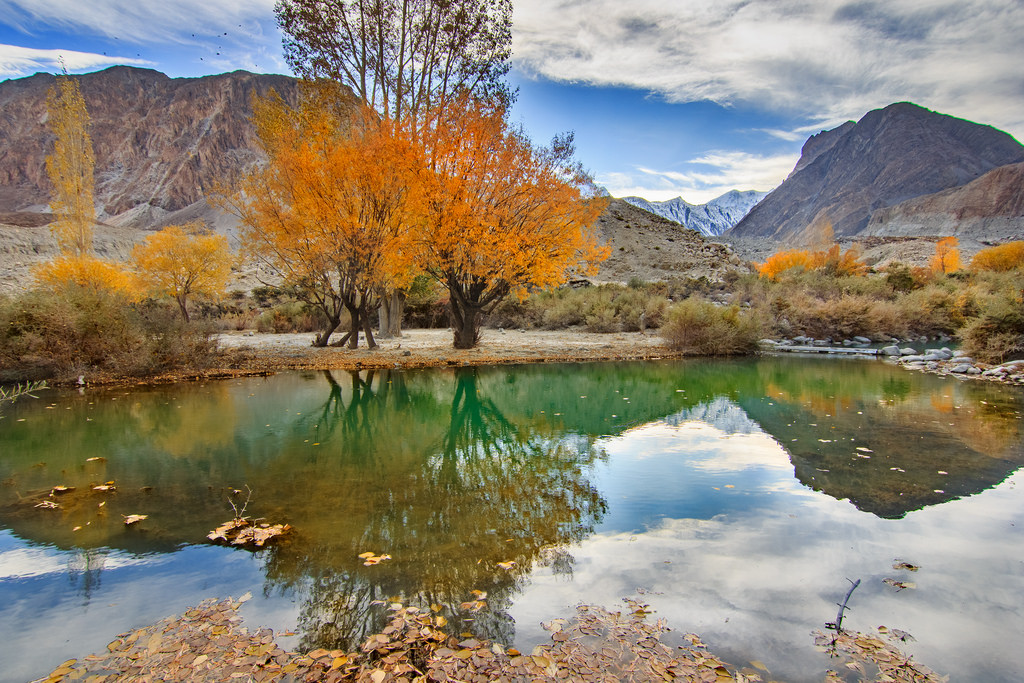
In George Curzon’s The Pamirs and the Source of the Oxus (1996), he claims that the “ice cave found there was the source of the river. It was there, almost exactly as he had described it, a river emerging in full flow from the confluence of three glaciers. No one who has had the good fortune to visit the astonishing Hunza Valley would quarrel with Curzon’s florid opening description.”
Bill’s last trip was to South America – the conjunction of Peru, Colombia and Brazil where the Amazon is already 5 km across. He is now working on Scraps 2.
Scraps of Wool is an enjoyable read and an even more enjoyable blog post for me to write. It is a remarkable and moving compilation.Bill’s narrative is charming, tender and humorous and it never stops to examine the humanity in places, time and the characters Bill has encountered. It is also illuminating in that all our moments are to be treasured, each a jewel, a story. Each place is stunning in its own right. In fact, they are such fairytale fantasy settings, these places which beggar belief, still continue not only to exist but to shine like gems as they had always done, through the terrible world that we live in, with its despair, sad state of global destruction and political problems. Scraps of Wool gives hope that the world we live in is so ugly and yet so beautiful.

Do you think travel has shaped your experiences or do you think your experiences have been shaped by travel? If you have enjoyed this blog post, please share, join my mailing list or email me with your comments and feedback. As usual I would love to hear from you.
2018 All Rights Reserved © Ivy Ngeow
Bill Colegrave is a travel writer and explorer. He was publisher of Cadogan Guides, which he bought in 1989, and also a Director of Everyman’s Library. His book Halfway House to Heaven (Benefactum, 2011) tells the story of his expedition to find the source of the River Oxus in the Wakhan Corridor and Pamir Mountains of Afghanistan. He is also co-creator of Not The Times, a parody of The Times during its year-long strike. He has an extensive travel book library and has travelled to 110 countries and counting. He has three grown children and one grandchild, and lives in London. Scraps of Wool was published recently by Unbound and shares the same publication date as my debut – 16 November 2017.
Ivy Ngeow is third generation Chinese and was born and raised in Johor Bahru, Malaysia. She is of mixed parentage of the nomadic Hakka tribe and Hokkien from the Fujian province. She lives in London. Cry of the Flying Rhino is a debut award-winning novel set in Malaysia and Borneo. Her second novel Heart of Glass is published by Unbound in 2018.
Photo credits:
OXUS RIVER AND PAMIR MOUNTAINS
photo credit: Ricardo’s Photography (Thanks to all the fans!!!) Afghanistan via photopin (license)
MARSH ARABS
photo credit: D-Stanley Marsh Arab Canoes via photopin (license)
KARAKORUMS
photo credit: 10b travelling / Carsten ten Brink Karakoram landscape via photopin (license)
GLACIER LAKE THE HUNZAS
photo credit: Fahad Murtaza Batura glacial lake via photopin (license)
PHNOM PENH ARCHITECTURE
photo credit: mariusz kluzniak colonial architecture of phnom penh via photopin (license)
OPIUM PIPE
photo credit: a-md via photopin (license)
MAGHREB PORT – ESSAOUIRA
photo credit: HerryB 1572 VILLA de l’Ô, Essaouira via photopin (license)
MAGHREB – CITADEL ESSAOUIRA
photo credit: HerryB 1590 via photopin (license)
AFGHANI MOUNTAINS
photo credit: mgilberg87 Afghan Mountains via photopin (license)